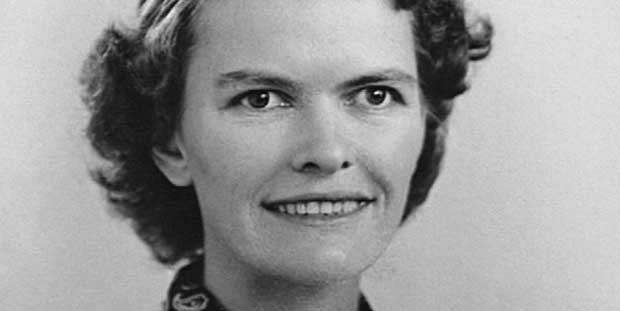Names of things matter. A carefully chosen word that describes what something is, and especially what it is not, can lead to a life-changing revelation.
I first experienced this as a recent college graduate, teaching high school math, struggling with “classroom management.” After I complained about my troubles to a patient older colleague who taught English, she said, “Paul, I just realized that you are unaware of the fact that teaching is a performance art.”
Indeed, my classes immediately improved once I realized that my actual job was to engage my audience with my passion for math, rather than just explain math clearly.
A dozen years later, I was a new coach for the USA team for the 1994 International Mathematical Olympiad. The senior coach, Titu Andreescu, often declared, “This is just an exercise. It’s not a problem.” As soon as I heard him use these two different words, my mathematical world changed forever. I didn’t need Titu to define his terms. The important point was that there are, indeed, two very different words to distinguish between types of mathematical questions.
More precisely: an exercise is a mathematical question that you already know how to answer, even if the process is difficult. A problem is a question that you do not know how to answer, at least initially; it requires investigation.
The boundary between problems and exercises is not rigid; it depends on your experience. For example, “What is 6+9?” is an exercise for most, but a problem for many first-graders. Likewise, “Compute 67588” is an exercise, even though it is difficult and a correct answer in a reasonable amount of time is unlikely. “Find the area under the graph of y=x2 from x=0 to x=2” is a daunting problem to anyone who has not studied calculus, but is a mere exercise to those who have.
Here’s a problem, for most people: Concatenate the first n positive integers to make a giant base-10 number. For example, if n=11, we get 1234567891011. The question is, could this ever be a palindrome (reads the same backward and forwards)? Certainly, if we succeeded, n would have to end in the digits …321. But then what? How do you even approach this? One may guess (correctly, as it turns out) that there is no n that works, but how do you prove it? Resolving this problem requires lots of rumination, many sheets of paper, lots of false starts. And lots of fun!
It’s not that problems are better than exercises; engaging in both types of questions is beneficial. Unfortunately, so few teachers are aware of the distinction between problems and exercises, and their students suffer an exercise-only diet, even if their textbook calls these questions “problems.” Students get bored—rightfully so—or even worse, develop a false sense of mastery, confusing “getting the right answer” with a deep understanding.
A problems-only diet may be better, but it is not ideal, since students can easily become frustrated and may give up too soon. By definition, problems require a different level of engagement in order to make progress. Problems also are much more challenging for teachers, who need to understand the difficulty of the problems, the types of investigations necessary to get started, as well as the varied mathematical skills and mental hardiness of their students. Teachers also have to give up some omniscience, because they may not know how to solve all the problems. That’s okay; a shared collaborative struggle is fine. But this is not something that can be scripted into a “lesson plan.”
I intentionally chose the words “shared collaborative struggle,” because in many ways, that’s the real point of doing problems. Mathematics can be a very social activity, and there’s nothing like a challenge to bring a group together. I used an outdoorsy analogy in the preface to my book The Art and Craft of Problem Solving. I distinguished between an only-exercises student and a problem solver by comparing the former to someone doing lots of reps on machines in a gym, and the latter to someone on a “long, hard backpacking trip:”
Both people get stronger. The problem solver gets hot, cold, wet, tired, and hungry. The problem solver gets lost, and has to find his or her way. The problem solver gets blisters. The problem solver climbs to the top of mountains, sees hitherto undreamed of vistas. The problem solver arrives at places of amazing beauty, and experiences ecstasy that is amplified by the effort expended to get there. When the problem solver returns home, he or she is energized by the adventure, and cannot stop gushing about the wonderful experience. Meanwhile, the gym rat has gotten steadily stronger, but has not had much fun, and has little to share with others.
In other words, working on problems, with the guidance of a wise teacher, will not just build a deeper understanding of mathematics—it also fosters a robust culture of learning.
Paul Zeitz is a Professor of Mathematics at the University of San Francisco. He is the author of The Art and Craft of Problem Solving, and a co-author of Statistical Explorations with Excel. He also co-founded the Bay Area Mathematical Olympiad, co-founded the San Francisco Math Circle, produced a series of video lectures for The Teaching Company on problem solving, and opened an independent school for children in grades 6-12 who love math, called Proof School. You can find him on Twitter at @PaulAZeitz.



